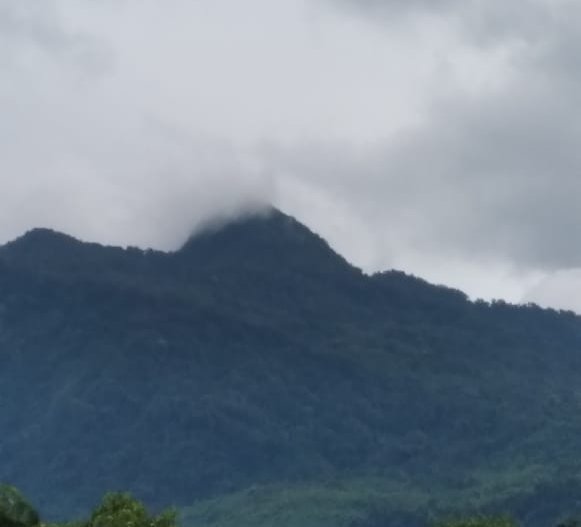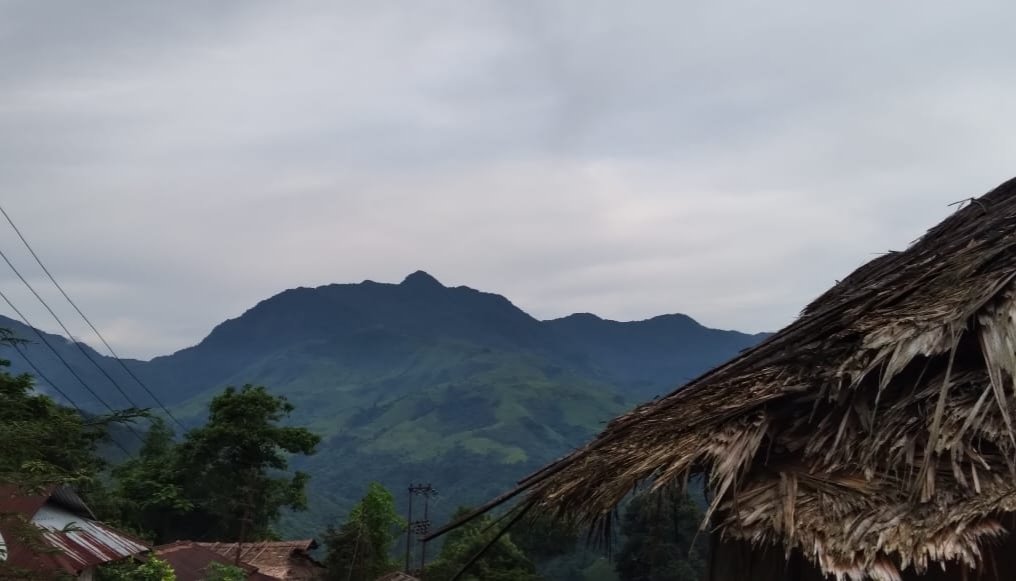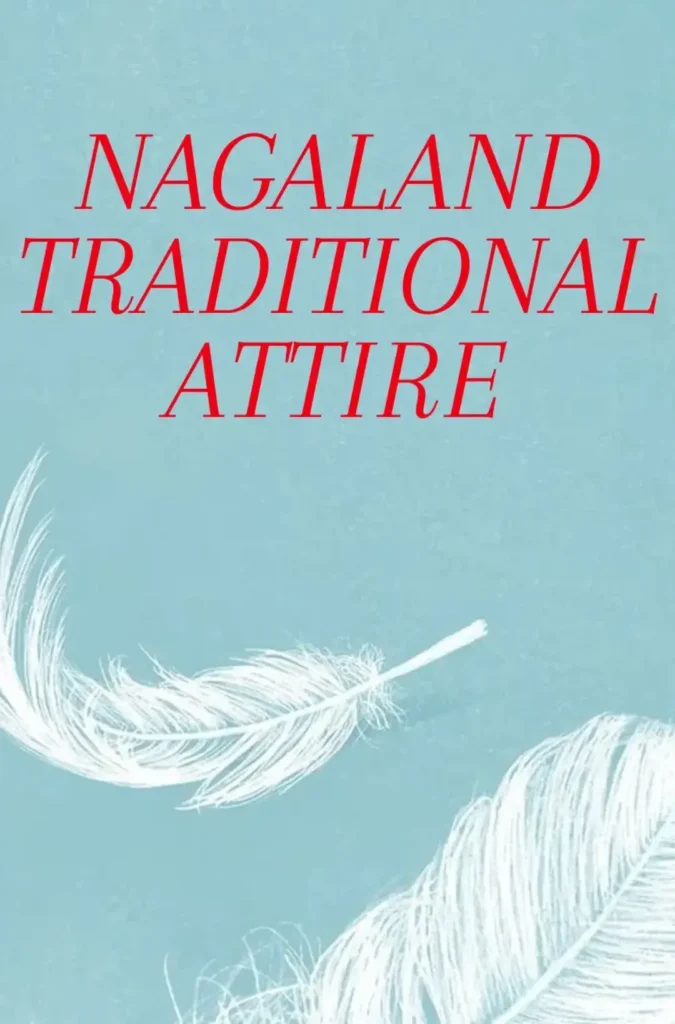Mount Yingnyüshang is the highest peak of the Phom Hills of Nagaland and its legend is captivating and shrouded in mysteries. The mountain is located at Hukpang Village in Longleng district and it is about 2500 m above sea level. The village is situated around 4 km from the district headquarter, Longleng.
Longleng district also known as the ‘Land of clouds’ is home to the Phom Nagas. It is a mountainous district popular for its handicrafts and hence, known as ‘Land of Handicrafts’ as well. Longleng is also the only district in Nagaland to celebrate ‘Peace day’. The region also hosts the ‘Stone cave’: the cave which is believed to be the hiding place of Ahom King Godapani and wife Joymati.
The Phoms are believed to have originated at Ausham/Apaihong/Entolok and migrated to different regions in search of food and shelter. The last place where whole of the Phom Clans lived together is this place called Yingnyüshang.
According to the legend, Yingnyüshang was once a flat plain where the Phoms flourished in unison until it transformed into a mountain owing to certain formidable adversaries.
Let’s delve into the tale of how this thriving flat plain underwent its transformation into the majestic mountain that it stands as today.
Amidst the flourishing era of Yingnyü village, the populace was deeply troubled by the mysterious and unprecedented vanishing of young children and their livestock on a daily basis. The parents, upon returning from the fields would discover that their children had disappeared without a trace causing havoc in the village. Yet, the causal factor of the disappearance was hard to determine.
In the face of the mounting uncertainty, one day, a man named Moupayaulong, as responsible as he is, made a resolute choice to remain in the village. Determined to uncover the true reason behind the mysterious and perplexing disappearances, he hid in a corner and waited for whatever formidable foes to appear.
As the day progressed, a repulsively filthy monster known as Nyiamnyü appeared with the clear intent of capturing the children. The fearsome creature took the form of a yak, covered in shaggy dark fur. Its most striking point is its long extended tongue, which dangled from its mouth like a thick, muscular accessory.
The tongue is lined with coarse crests and ends in a hook-suchlike tip, giving the monster a menacing appearance. The monster’s horns crop from its massive head like menacing crescent bends, curving outward and also slightly back in a graceful yet redoubtable manner. Their rugged texture and assessing size give the creature an air of primitive strength, making them appear like nature’s weapons crafted for both defense and dominance.
The man witnessed the monstrous creature ensnare a child with its extended tongue. Thus, the man sprang into action and severed the tongue with his sharp dao eventually leading to the death of the monster. The meat of the monster was meticulously sliced into small portions and was then distributed among the villagers. A widow named Pongpennyala, however did not get her share of meat.
The other Nyiamnyü, fueled by anger decided to seek revenge against the villagers. The monster devised a plan to undermine the village’s stability by excavating the soil beneath it. This caused the houses to sink one after the other and the villagers abandoning the houses and began to migrate to other places. Amidst the chaos, the old widow being the only person who had not received her share of portion shouted, “I was never given your flesh nor did I eat any of it!” The widow was therefore granted reprieve leaving a lofty peak on the mountain.
The spared plot of land by the Nyiamnyü is now believed to be the peak of Mt. Yingnyüshang.

Multitudinous witching legends and myths enshroud the origins of different Naga lines. These interesting narratives weave tales of the ancestral onsets, investing mystique into the lineage of these lines. These stories frequently carry within them the substance of artistic heritage, slipping light on the deep-confirmed beliefs and traditions that have shaped the individualities of Naga communities over time. As these narratives cut through generations, they not only give perceptivity into the literal birth of these lines but also serve as a pictorial testament to the intricate interplay between myth, history, and collaborative knowledge of the indigenous groups.
Sharing is caring. You know what to do!




